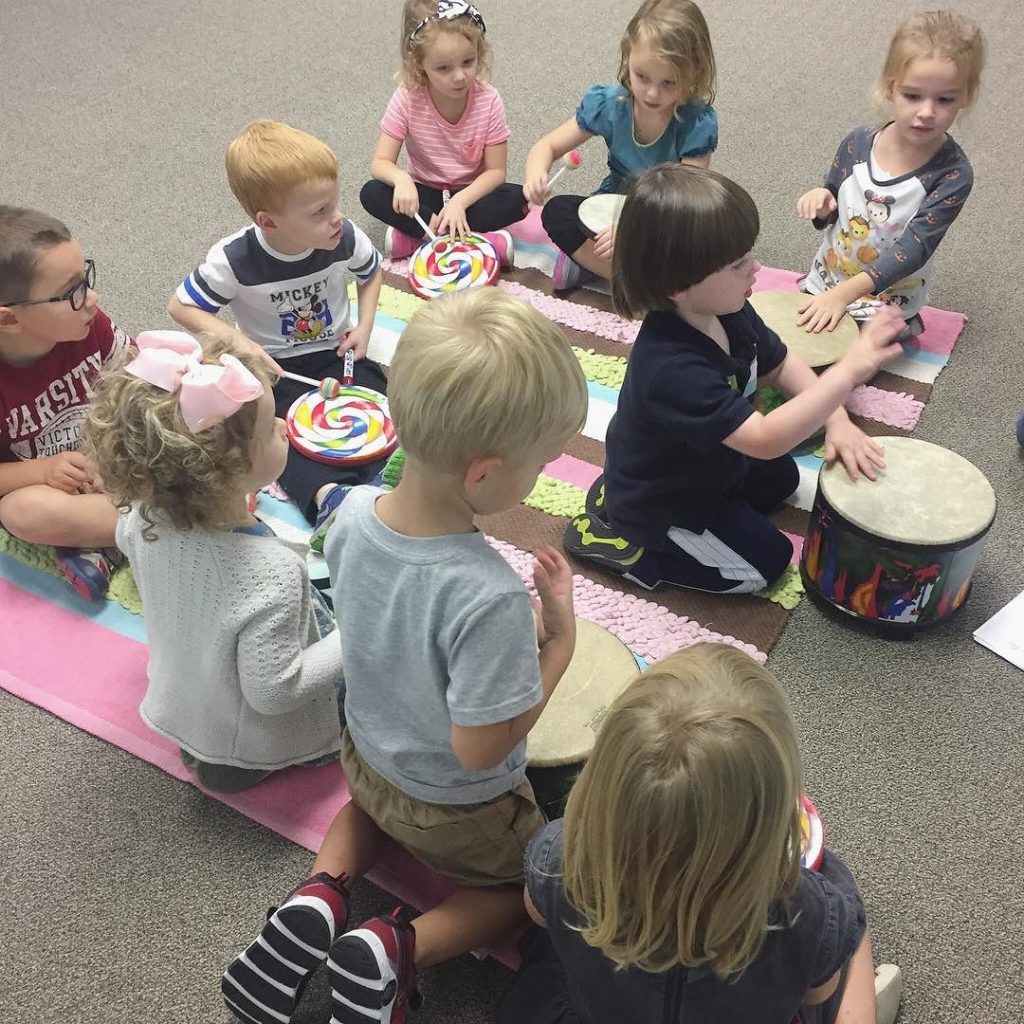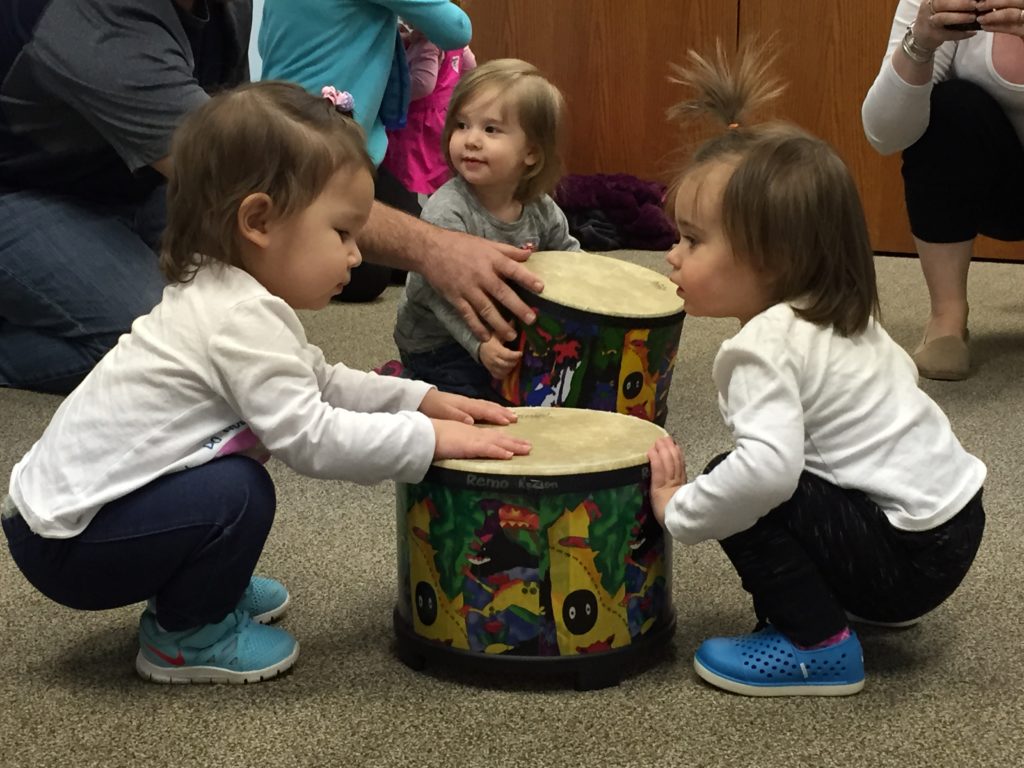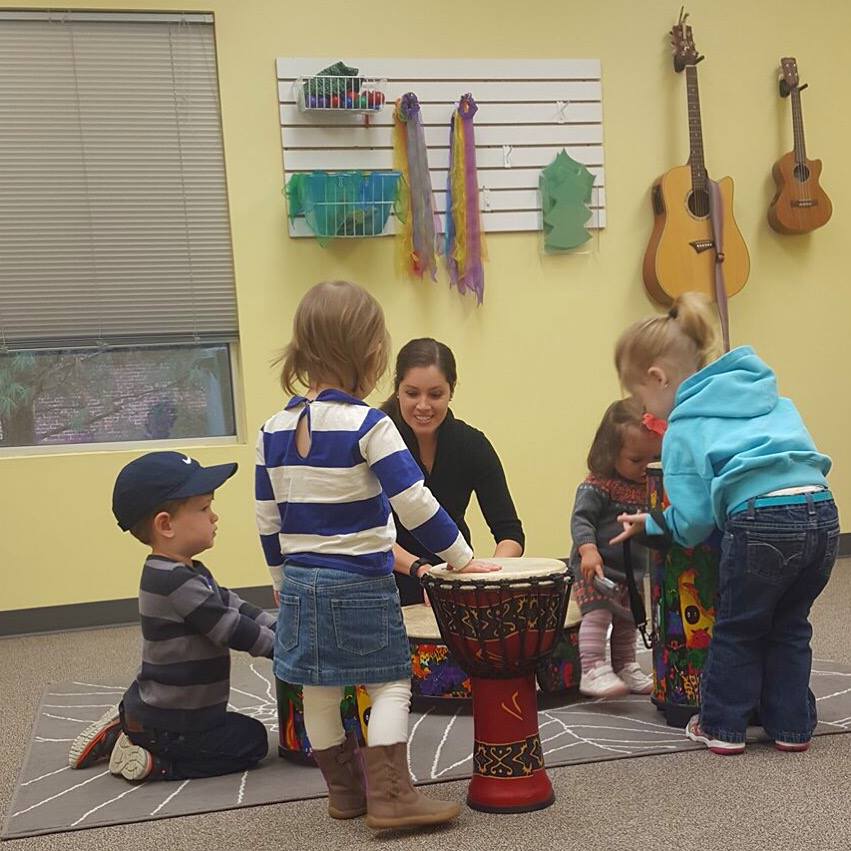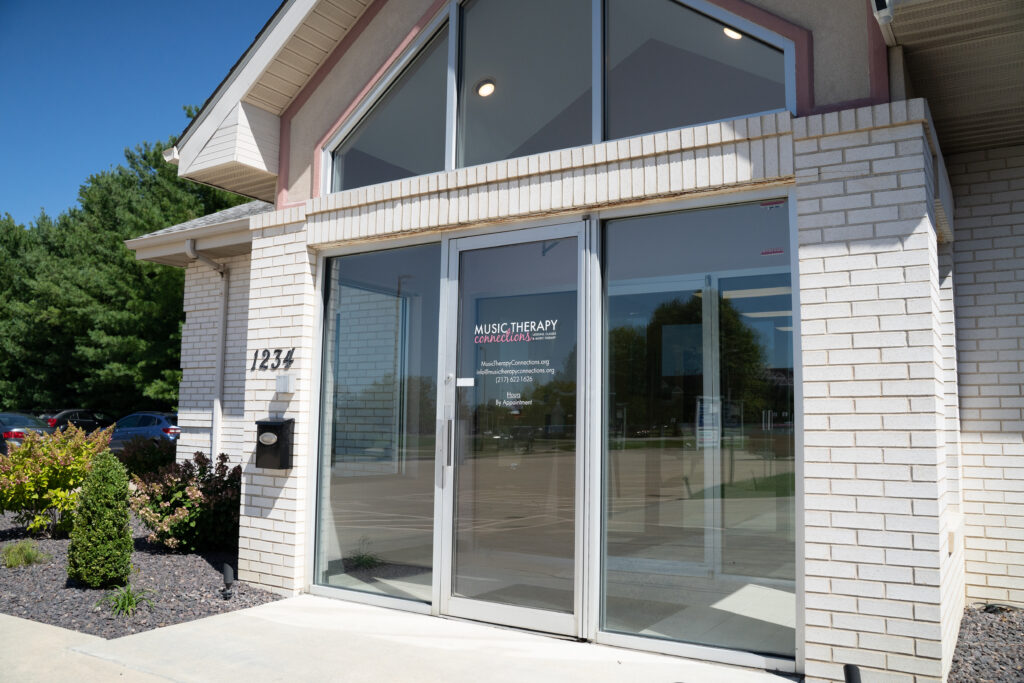Music Therapy & Co-Treatment: What Does it Look Like?
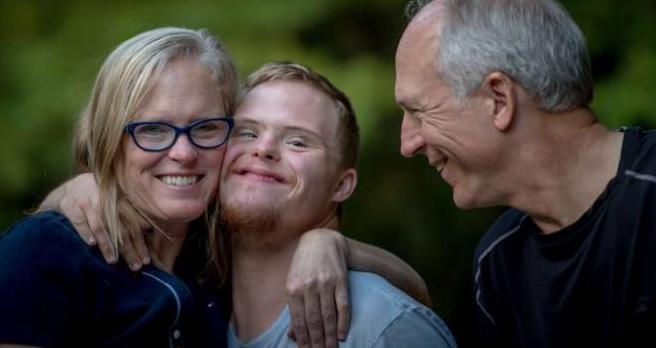
Helping professions come in many different forms. And while music therapy is an effective therapy modality for individuals of all ages and needs on its own, it can also be a part of a bigger team of allied health professionals.
In this post, I want to showcase other health professions that serve to accomplish many of the same goals as music therapy, as well as show how the expertise of each distinct profession can be used to collaborate with music therapists to maximally serve the needs of each client.
SPEECH THERAPY is implemented by a speech language pathologist (SLP), who works to prevent, assess, diagnose, and treat speech, language, social communication, cognitive-communication, and swallowing disorders in children and adults (American Speech-Language-Hearing Association, n.d.)
What might it look like for a speech therapist and music therapist to co-treat together?
For a child who has a speech impairment, a speech therapist may help identify certain physical and neurological components with which the child is having difficulty. The speech therapist and music therapist may design interventions to address the specific impairment, which might look like composing a song that incorporates certain syllables within the song lyrics, certain rhythms that address various motor coordination, and certain note durations to improve breath support.
PHYSICAL THERAPY includes treatment by a physical therapist that creates individual treatment plans to match each person’s goals, helping people improve their fitness and function, avoid surgery, reduce the use of opioids and other drugs, and partner in their own care (American Physical Therapy Association, 2018, n.d.).
What might it look like for a physical therapist and music therapist to co-treat together?
For individuals who have suffered a stroke, it may be hard for the patient to walk at a regular pace for long durations of time. A physical therapist may assist the patient in the physical components of exercising while at the same time, the music therapist may match the exercise with a regular rhythmic beat. By matching the body’s movement with an auditory cue, duration of exercise increases, perception of fatigue decreases, and movement becomes more organized.
OCCUPATIONAL THERAPY helps people across the lifespan participate in the things they want and need to do through the therapeutic use of everyday activities. Common occupational therapy interventions include helping children with disabilities to participate fully in school and social situations, helping people recovering from injury to regain skills, and providing supports for older adults experiencing physical and cognitive changes (American Occupational Therapy Association, n.d.).
What might it look like for an occupational therapist and music therapist to co-treat together?
A child with Autism Spectrum Disorder may have difficulty with the daily routine of dressing and undressing. An occupational therapist may work with the child to incorporate certain adaptations, such as adding velcro or elastic to clothing to make changing easier. A music therapist may then compose a song with lyrics that include step-by-step directions for how to open and close the velcro on the child’s jacket.
There are so many ways that individuals of all ages and needs can receive support to have the best quality of life. Isn’t it amazing that all of these therapeutic modalities have their own expertise, yet can come together to form a powerhouse interdisciplinary team?
To find out more about how music therapy can be a part of your loved one’s care, click here.
REFERENCES
American Occupational Therapy Association (n.d). About occupational therapy. Retrieved from https://www.aota.org/About-Occupational-Therapy.aspx.
American Physical Therapy Association. (n.d). About physical therapists (PTs) and physical therapist assistants (PTAs). Retrieved from https://www.moveforwardpt.com/AboutPTsPTAs/Default.aspx.
American Speech-Language-Hearing Association. (n.d). Learn about the CSD professions. Retrieved from https://Amwww.asha.org/Students/Learn-About-the-CSD-Professions/.




